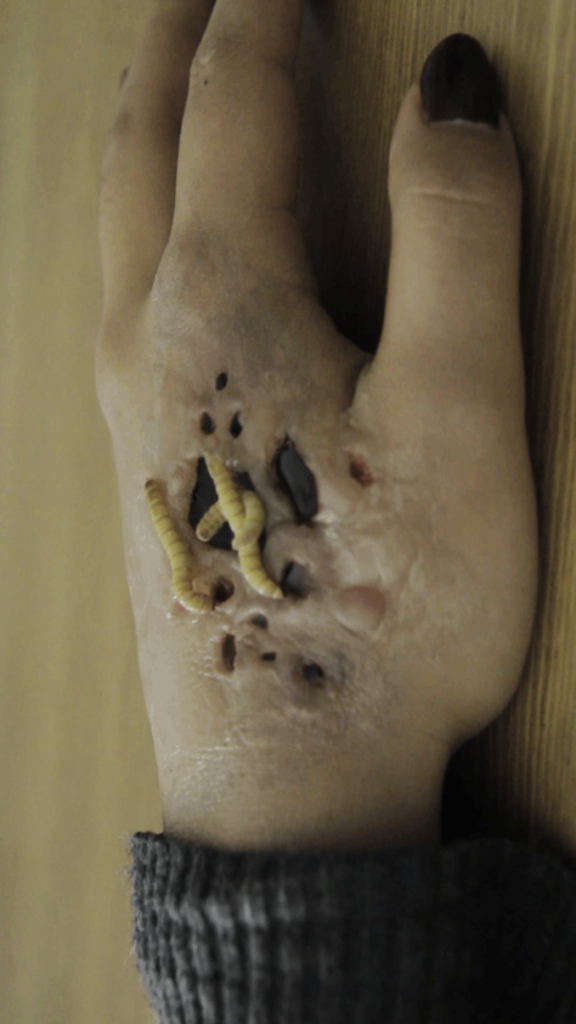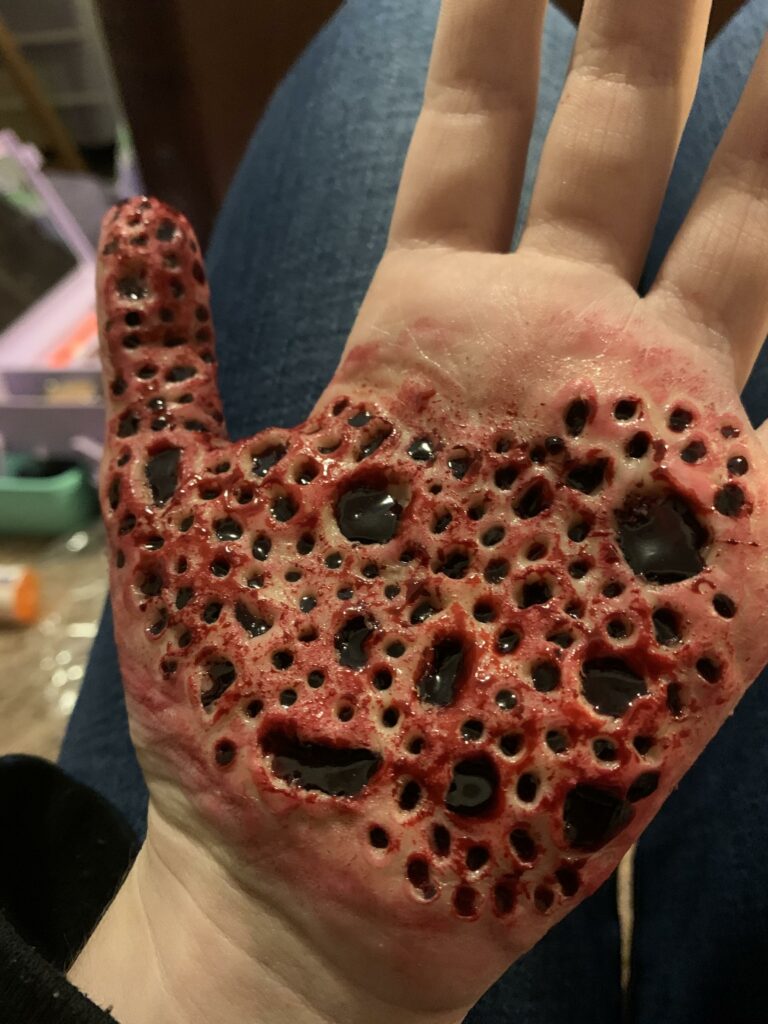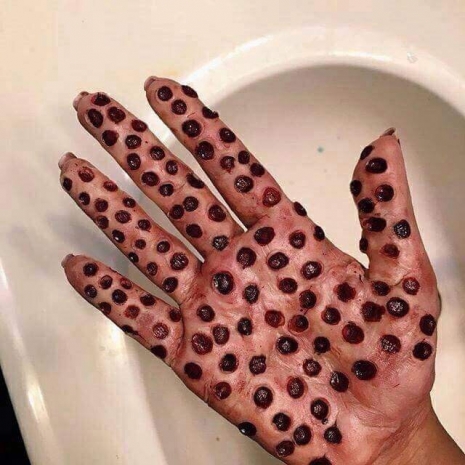Trypophobia, while not officially recognized as a distinct psychological disorder, is an intriguing and often misunderstood phenomenon. Individuals who experience trypophobia have an intense aversion or fear of clustered patterns of holes, bumps, or irregular shapes.

This condition has garnered attention in recent years, sparking discussions about its origins, prevalence, and impact. In this article, we will delve into the world of trypophobia, exploring its characteristics, potential causes, and how it is understood in the realm of psychology.
Trypophobia is characterized by an intense emotional response, typically disgust, anxiety, or fear, when exposed to specific visual stimuli. These stimuli often include patterns of small holes, such as those found in beehives, lotus seed pods, or clusters of bubbles. The sight of these patterns can trigger strong reactions, ranging from discomfort to panic.

Symptoms and Reactions:
Individuals with trypophobia may experience a variety of physical and emotional symptoms in response to trigger images. These symptoms can include:
- Nausea and Sweating:Many people report feeling physically ill or sweaty when confronted with trigger images.
- Anxiety and Panic:Some individuals experience heightened anxiety or even panic attacks when exposed to trypophobic patterns.
- Goosebumps or Chills:A skin-crawling sensation, goosebumps, or chills are common reactions to trigger images.
- Avoidance Behavior:People with trypophobia may actively avoid situations, objects, or images that could potentially trigger their discomfort.
- Rapid Heartbeat:An increased heart rate is another common physical response to trypophobic stimuli.
Understanding the Causes:
The causes of trypophobia are not fully understood, and research on the topic is relatively limited. However, there are a few theories that attempt to explain the origins of this phobia:
- Evolutionary Theory:Some researchers suggest that trypophobia could be a result of evolutionary processes. Patterns resembling clusters of holes might resemble skin markings of disease or parasites in animals or humans. As a survival instinct, the aversion could have developed to protect against potential dangers.
- Visual Processing Theory:Another hypothesis proposes that trypophobia may be linked to how our brains process visual information. Certain patterns might trigger a discomforting response due to how our brains process contrasting elements.
- Conditioning and Learned Response:It’s also possible that trypophobia could develop through conditioning. If an individual had a negative experience associated with a specific pattern during childhood, they might develop a strong aversion to similar patterns.
Coping Strategies:
For individuals experiencing trypophobia, managing the associated discomfort can be challenging. Here are some strategies that may help:

- Avoidance:Limiting exposure to trigger images is a common approach to manage trypophobia.
- Desensitization:Gradual exposure to trigger images under controlled circumstances might help desensitize individuals over time.
- Therapeutic Interventions:Cognitive-behavioral therapy (CBT) or exposure therapy can be effective in treating phobias. Consulting a mental health professional can provide personalized guidance.
- Mindfulness and Relaxation Techniques:Practicing mindfulness, deep breathing, and relaxation exercises can help manage anxiety and discomfort when exposed to trigger images.
While trypophobia remains a topic of ongoing research and debate, its impact on individuals who experience it is real. As discussions around this phenomenon continue, it’s important to approach the subject with empathy and understanding. If trypophobia significantly affects your daily life, consider seeking guidance from a mental health professional. As our understanding of trypophobia deepens, so does our ability to provide effective support to those who may be struggling with this unique fear.




